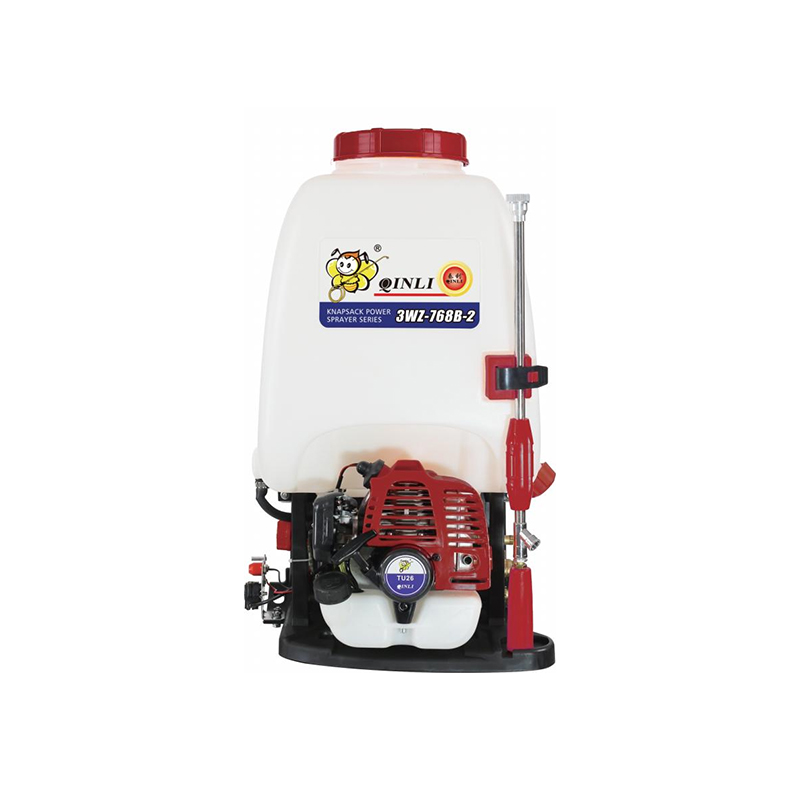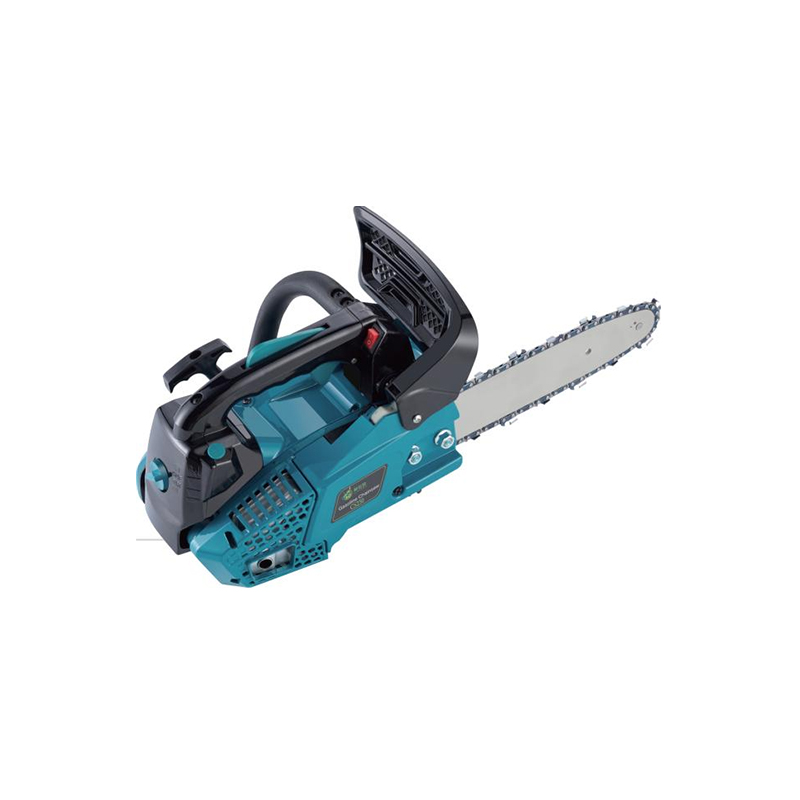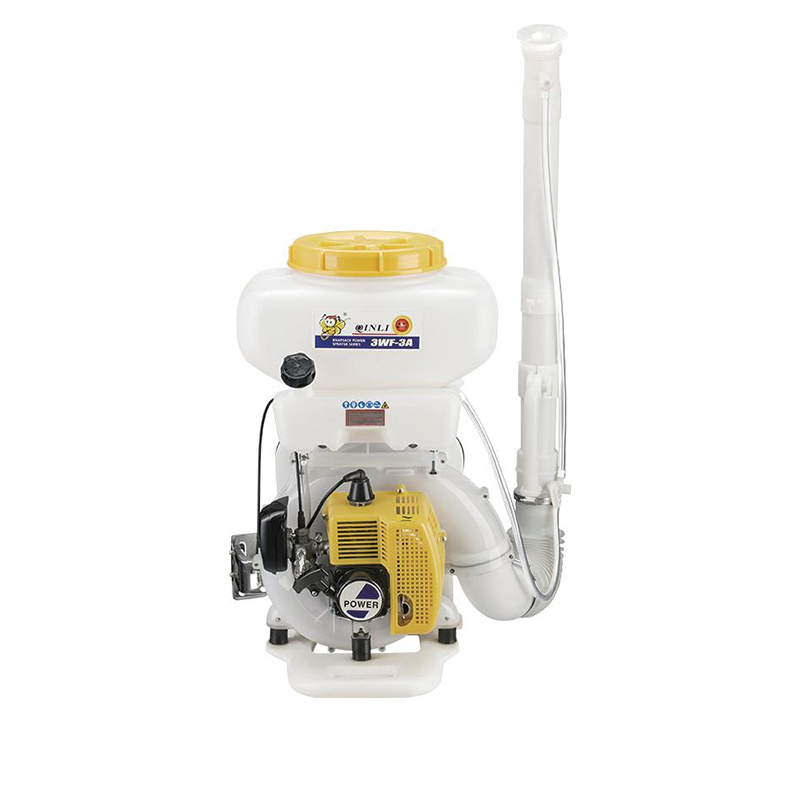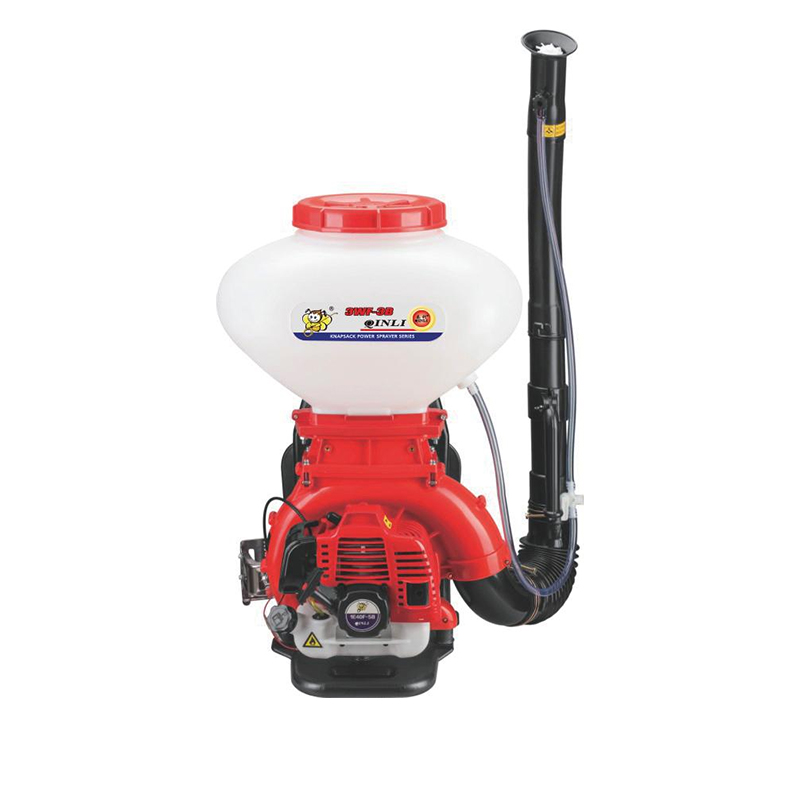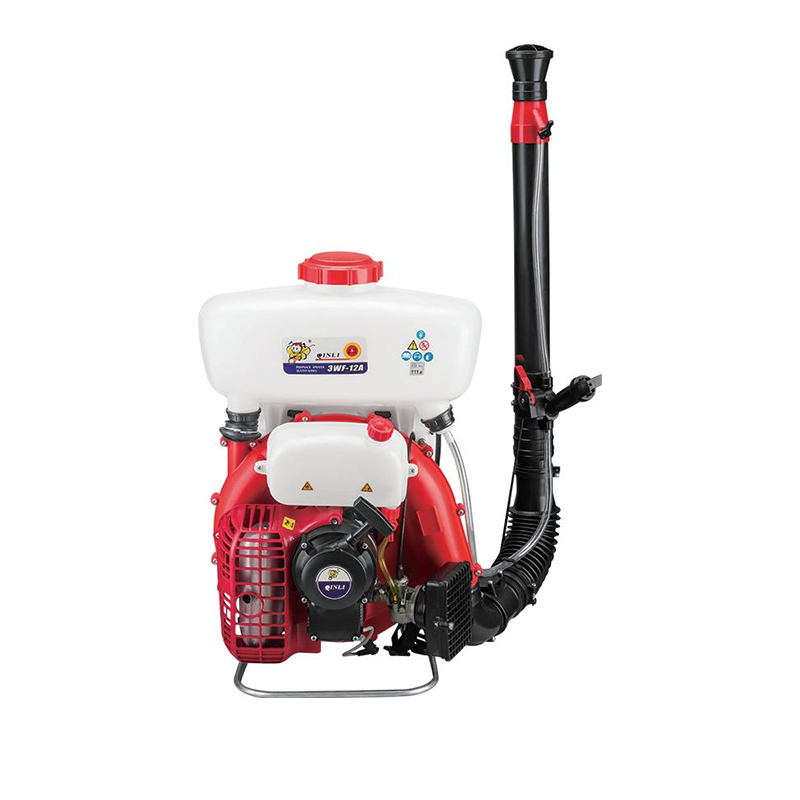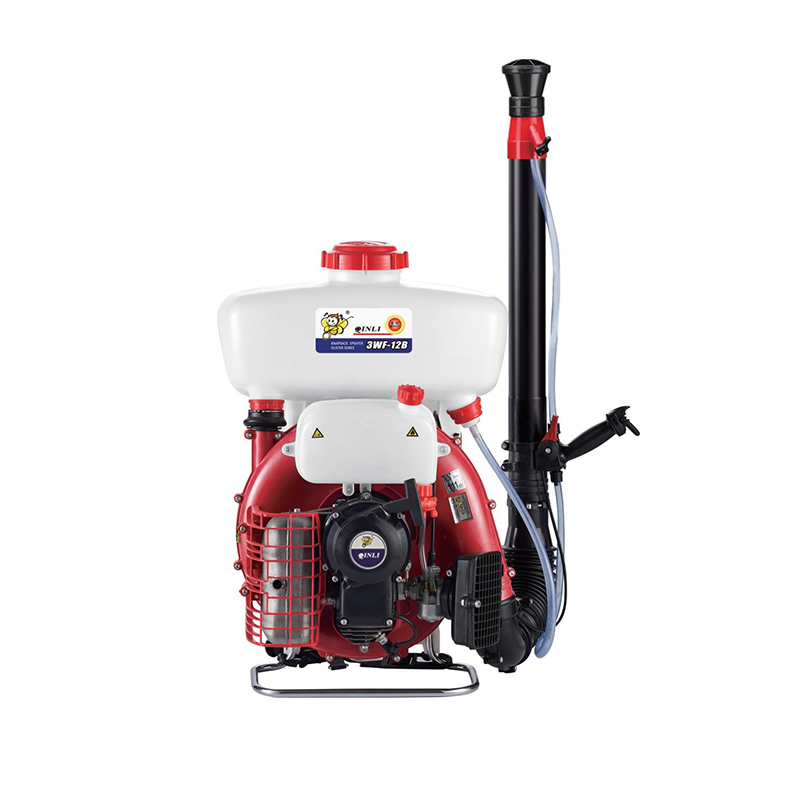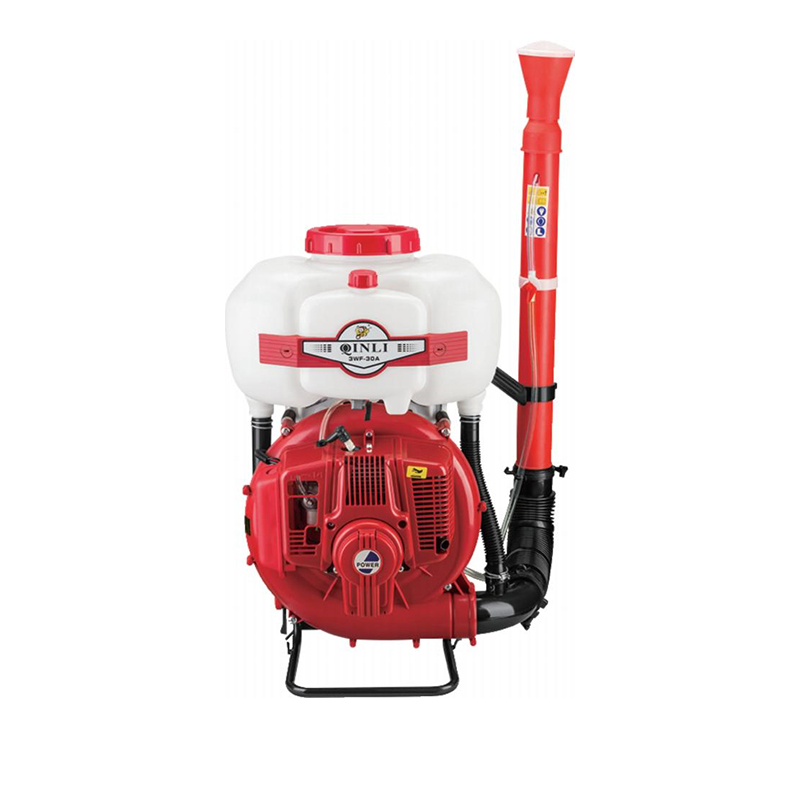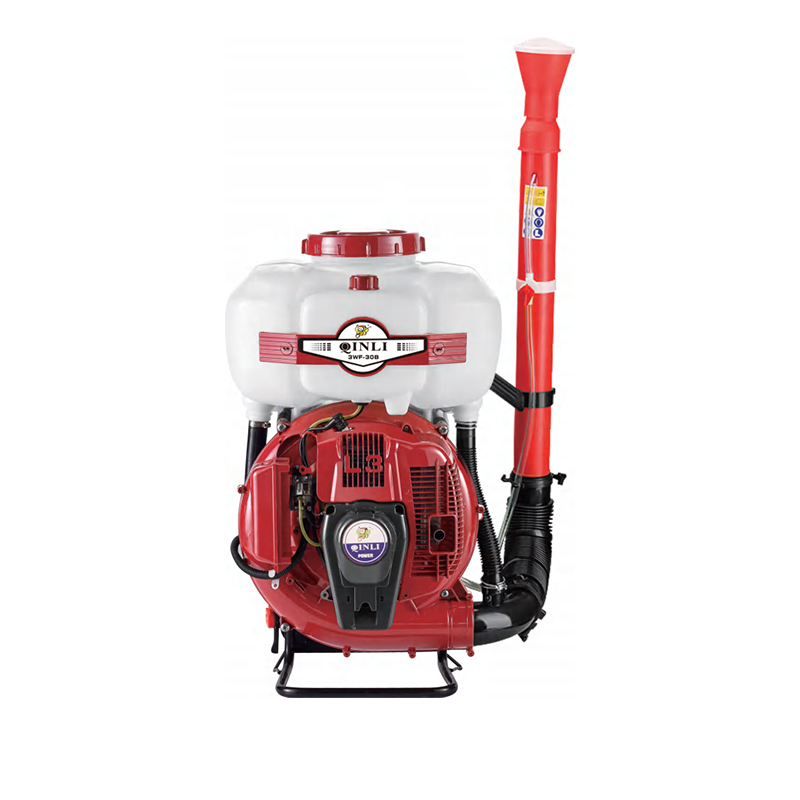Product Search
Manual Agriculture Farm Operated Sprayer for Gardens and Orchards
A manual agriculture farm operated sprayer is a versatile tool designed to assist farmers in applying water, fertilizers, or pesticides efficiently. It provides a simple and cost-effective solution for managing crops, particularly in small to medium-sized farms. The sprayer’s manual operation allows farmers to have precise control over the application, ensuring that plants receive the appropriate amount of liquid without waste.
One of the main advantages of a manual farm sprayer is its ease of use. Unlike motorized or automated systems, manual sprayers rely on human power, which eliminates the need for electricity or fuel. This makes them particularly suitable for remote fields or locations without access to power sources. Farmers can carry the sprayer on their backs, push it along rows, or use a hand-operated pump, depending on the model, providing flexibility in different agricultural settings.
The structure of a manual sprayer is generally straightforward. It consists of a tank to hold the liquid, a pump to generate pressure, and a nozzle for controlled spraying. The pump is either hand-operated or lever-operated, allowing the user to pressurize the tank and deliver a steady stream of liquid. Adjustable nozzles enable the operator to modify the spray pattern, from a fine mist for delicate plants to a broader stream for larger crops. Proper handling of the sprayer ensures even coverage and reduces the risk of over-application, which can harm plants or the environment.
Durability is a key consideration when selecting a manual sprayer. Tanks are often made from high-quality plastics or corrosion-resistant metals to withstand repeated use and exposure to chemicals. Seals, hoses, and valves are designed to maintain integrity over time, preventing leaks and ensuring consistent performance. Regular cleaning and inspection of the sprayer can extend its service life, making it a reliable tool for multiple planting seasons.
Manual sprayers also offer cost efficiency. Because they do not require fuel or electricity, operational costs are small. Additionally, their simple construction means that maintenance and repairs are typically straightforward and affordable. Farmers can replace worn parts such as nozzles, seals, or hoses without needing specialized tools, further reducing long-term expenses.
Safety is another important aspect of manual sprayers. Operators should wear appropriate protective gear, such as gloves, goggles, and masks, especially when applying pesticides or other chemicals. Using the sprayer according to the manufacturer’s instructions helps prevent accidental spills, skin contact, or inhalation of harmful substances. The simplicity of manual operation also reduces the likelihood of mechanical failures that could pose risks to the user.
Applications of a manual agriculture farm operated sprayer are broad. It is useful for watering plants, applying liquid fertilizers, distributing herbicides, or controlling pests in vegetable gardens, orchards, and small fields. Its portability allows it to reach areas that larger machinery cannot access, making it a practical choice for diverse farming environments.
In summary, a manual agriculture farm operated sprayer is an effective and reliable tool for farmers seeking precision and flexibility in liquid application. Its combination of simplicity, durability, and cost efficiency makes it suitable for a variety of agricultural tasks. With proper maintenance and careful use, a manual sprayer can provide consistent performance across multiple planting seasons, supporting healthy crop growth and productive farming.
Recommended Products
- CONTACT DETAILS
-
- +86-13857697898
- +86-576-88121879
- export@qinlisprayer.com
- 18 Yanhai, sanjia Street, Jiao Jiang Dis, Taizhou city, Zhejiang, China
 Download Sample
Download Sample
- PRODUCT CENTER
- SEND A MESSAGE



 English
English  中文简体
中文简体  Español
Español  عربى
عربى 